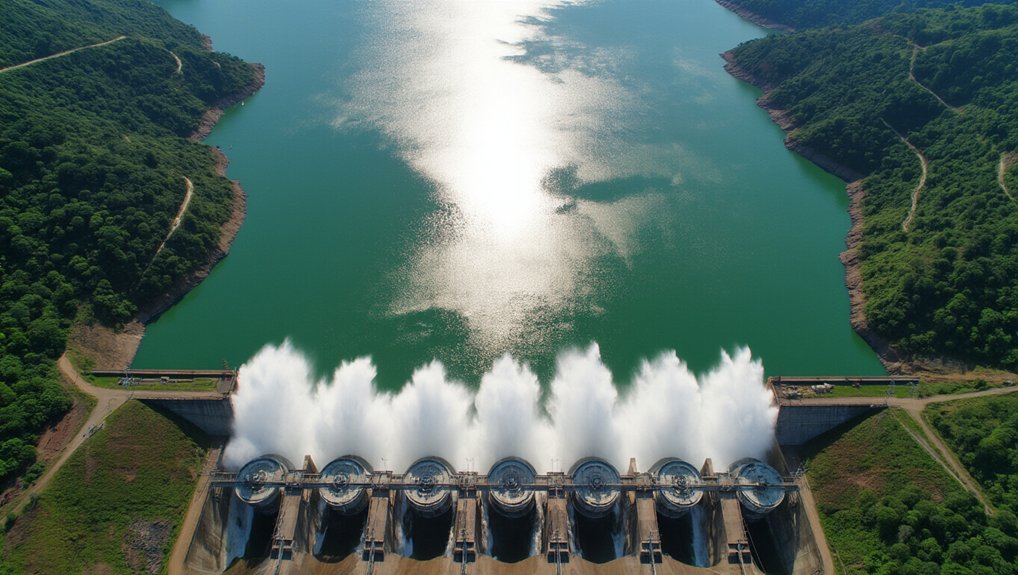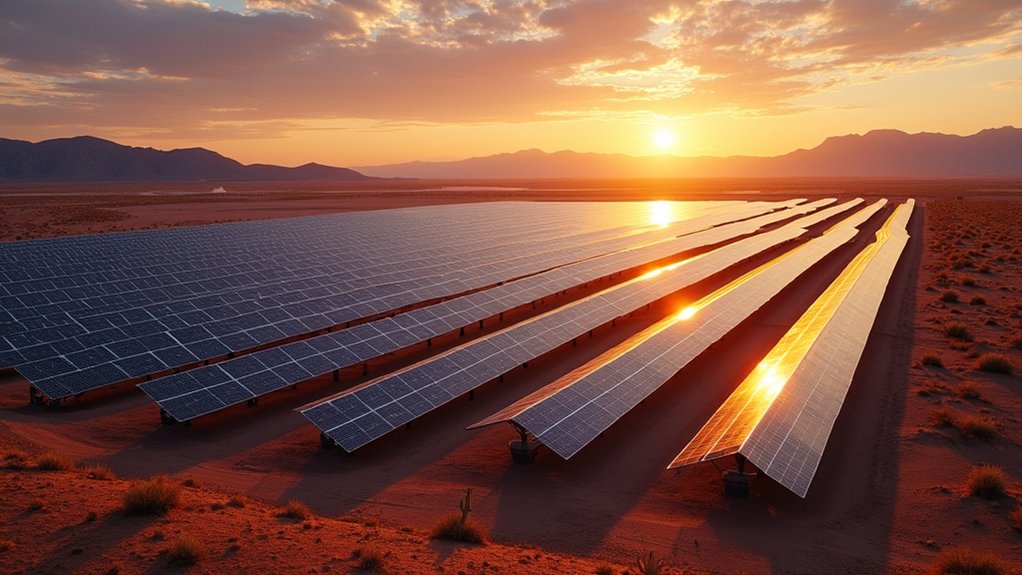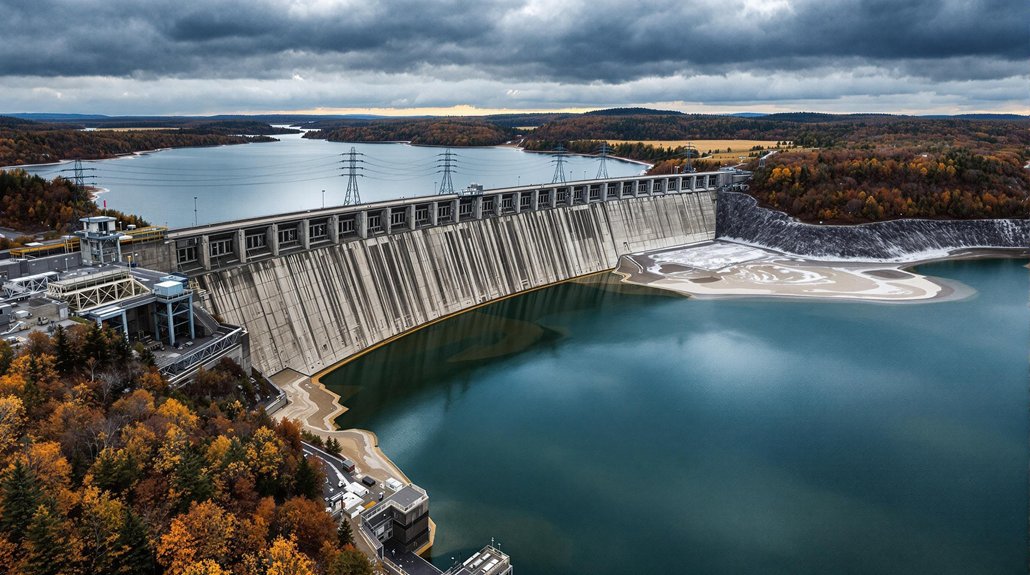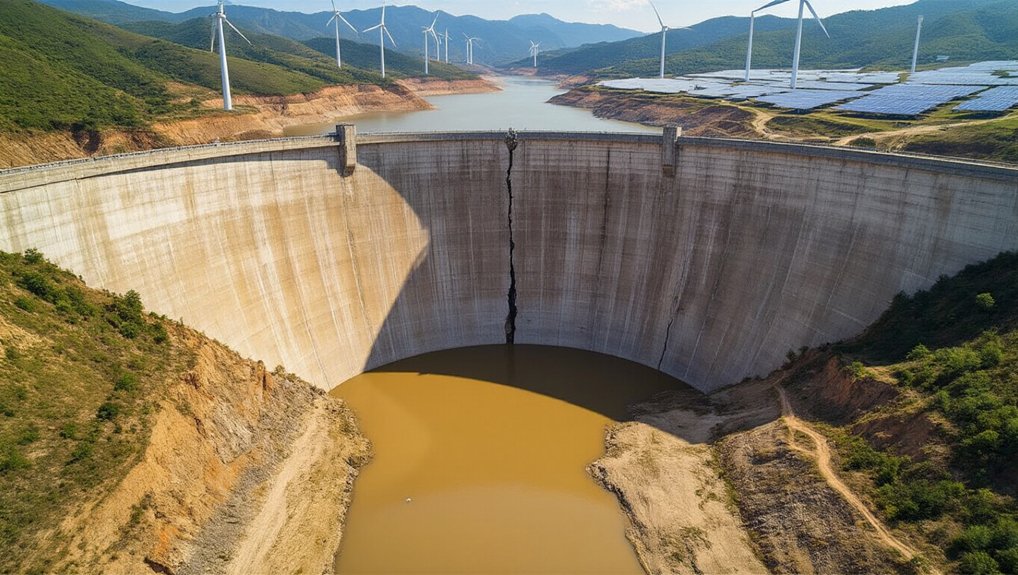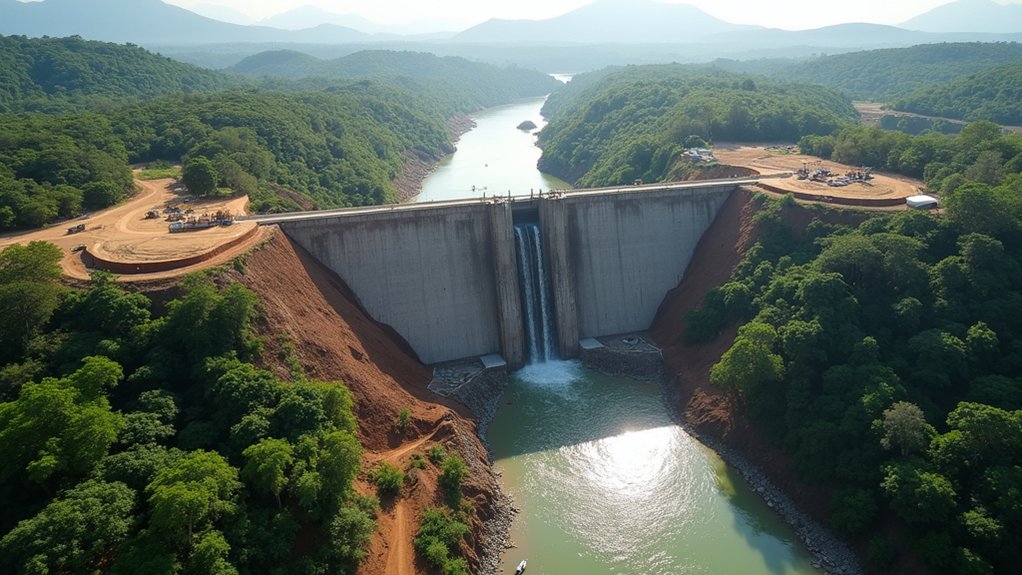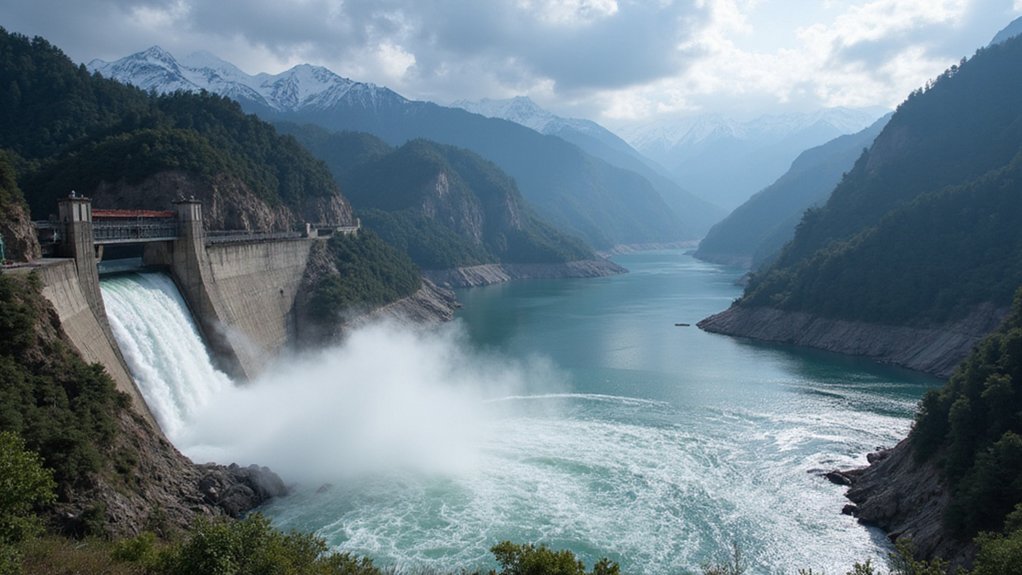Kaptai Hydroelectric Power Station is surging back to life. The country’s only hydroelectric facility recently hit a six-month high, pumping out 164 megawatts as monsoon waters raised Kaptai Lake to 83.69 feet above mean sea level. That’s pretty close to the ideal 84.16 feet they aim for this time of year. Mother Nature deserves the credit here – not the engineers, not the government. Just good old-fashioned rain.
Four of the plant’s five Kaplan turbines were spinning away during the production spike. Unit 3? Taking a nap, apparently. Even with one generator out of commission, the recent output marks a dramatic improvement over previous months when the plant sometimes limped along at a pathetic 13% to 26% of its capacity. You read that right – Bangladesh’s hydroelectric crown jewel occasionally produces about as much energy as a hamster wheel.
The full capacity of this aging beast is 230 MW, which sounds impressive until you realize it amounts to just 5% of Bangladesh’s electricity needs. As of Thursday morning, the plant is generating 212 megawatts with all five units operating simultaneously. Still, every megawatt counts when you’re trying to keep the lights on. Since its commissioning in 1962, with expansions in the ’80s, Kaptai has generated a lifetime total of 39,606 million units of electricity. The facility was originally planned to retire in 2022 but has been extended to operate for 100 years total. Not too shabby for technology older than most of its operators.
While 230 MW barely scratches 5% of Bangladesh’s power needs, Kaptai’s 39,606 million lifetime units prove old dogs can still generate new tricks.
Rain isn’t always reliable, though. Kaptai Lake can hold water up to 109 feet, but silt buildup keeps eating away at that capacity. Like an old car, the plant needs constant maintenance. Officials keep hinting at modernization projects. Maybe one day.
The surge in production couldn’t come at a better time for Bangladesh’s grid stability. When fossil fuel plants hiccup, Kaptai’s steady hydroelectric output helps prevent cascading failures. Clean energy, too. No smoke, no emissions. Just water turning turbines. Simple. Effective. Old-school.
Kaptai may not be flashy, but when the rains come, it delivers. That’s more than you can say for some of the country’s newer power projects.
References
- https://www.energytransitionbd.org/infrastructure/karnaphuli-230-mw-bpdb-hydropower-plant
- https://www.observerbd.com/news/533557
- https://www.dhakatribune.com/bangladesh/power-energy/350824/kaptai-karnafuli-plant-sees-highest-power
- https://en.wikipedia.org/wiki/Kaptai_Dam
- https://www.tbsnews.net/bangladesh/energy/why-lone-hydel-plant-kaptai-ran-out-juice-663302
